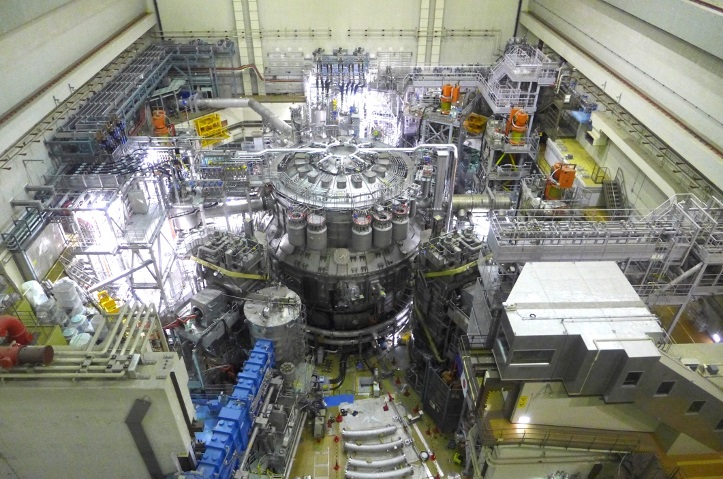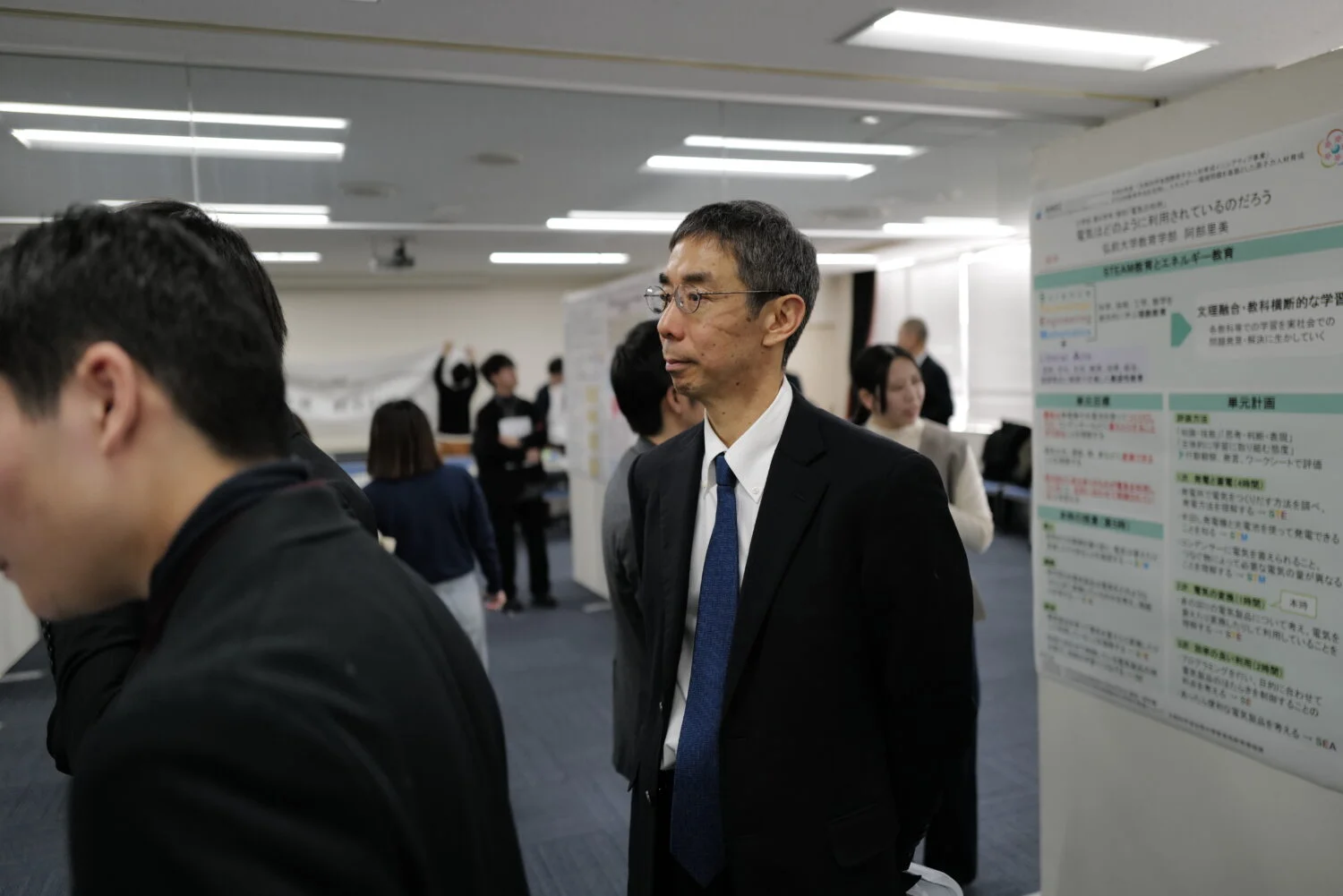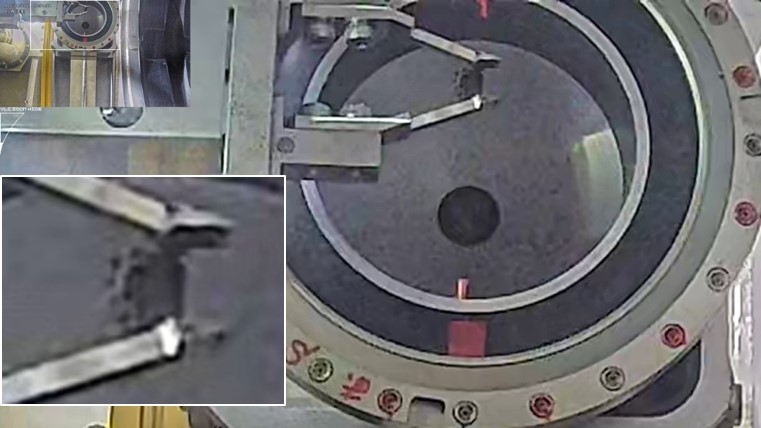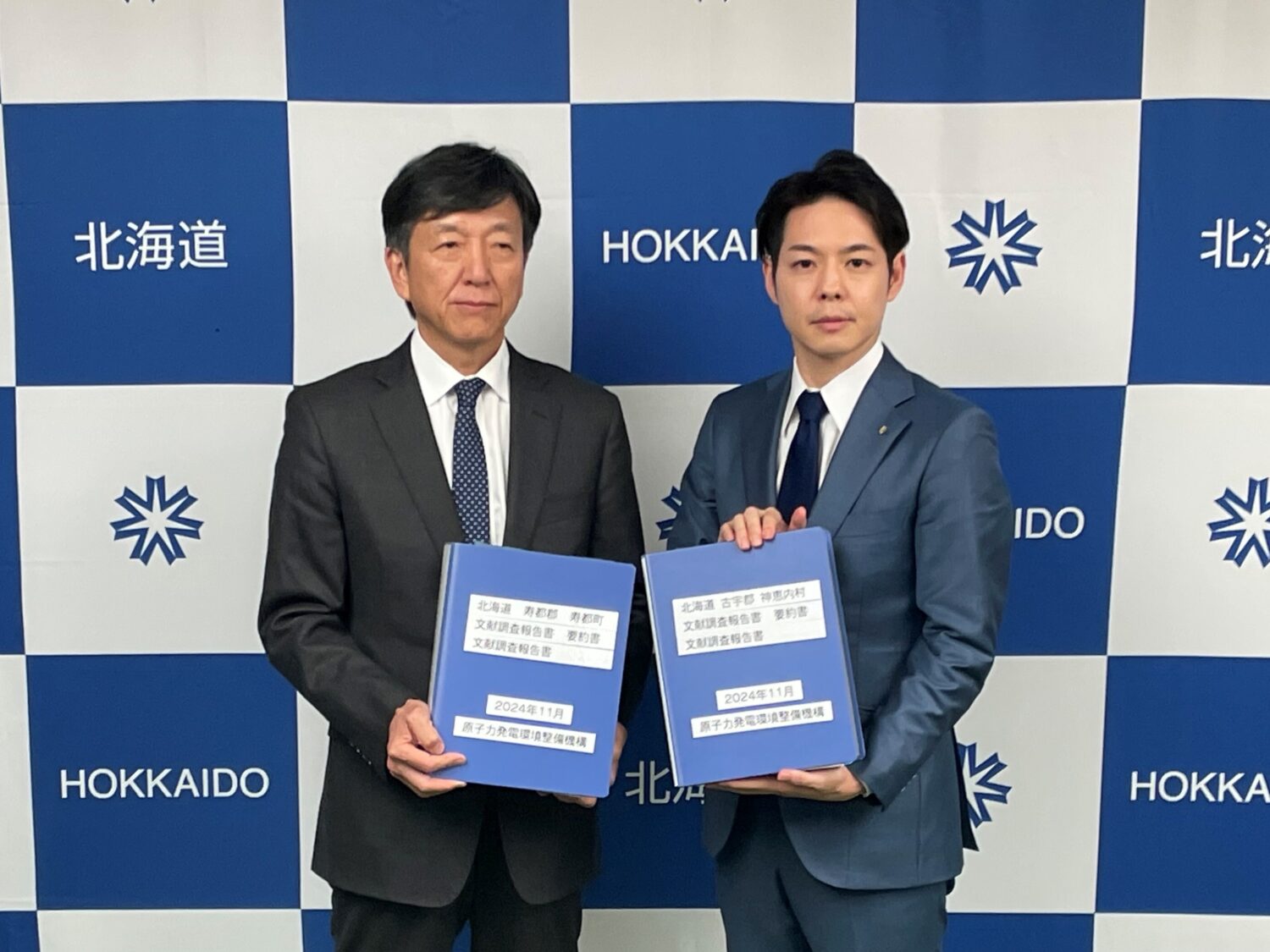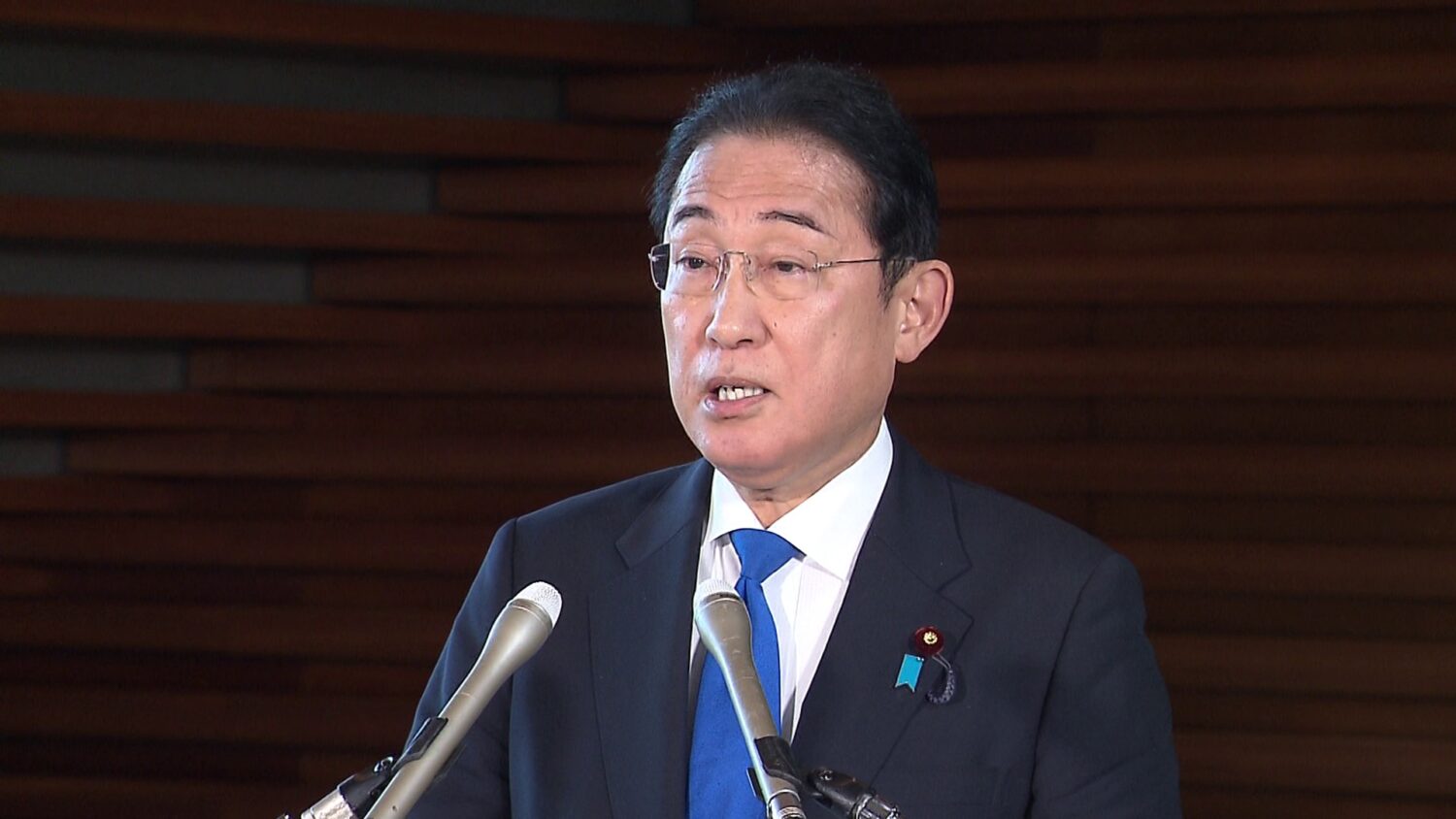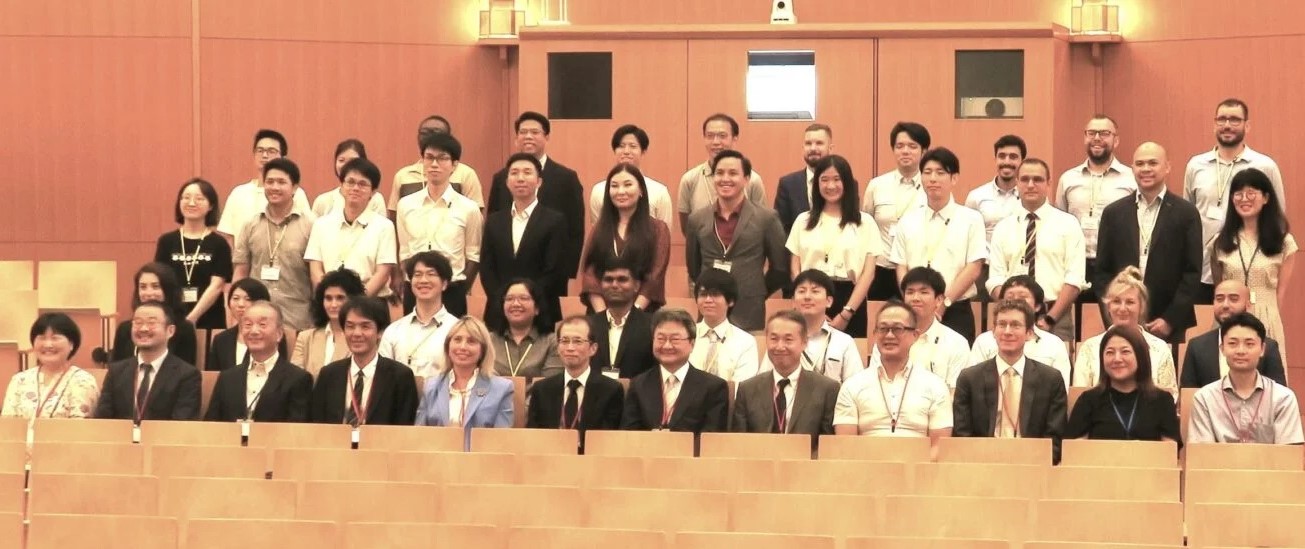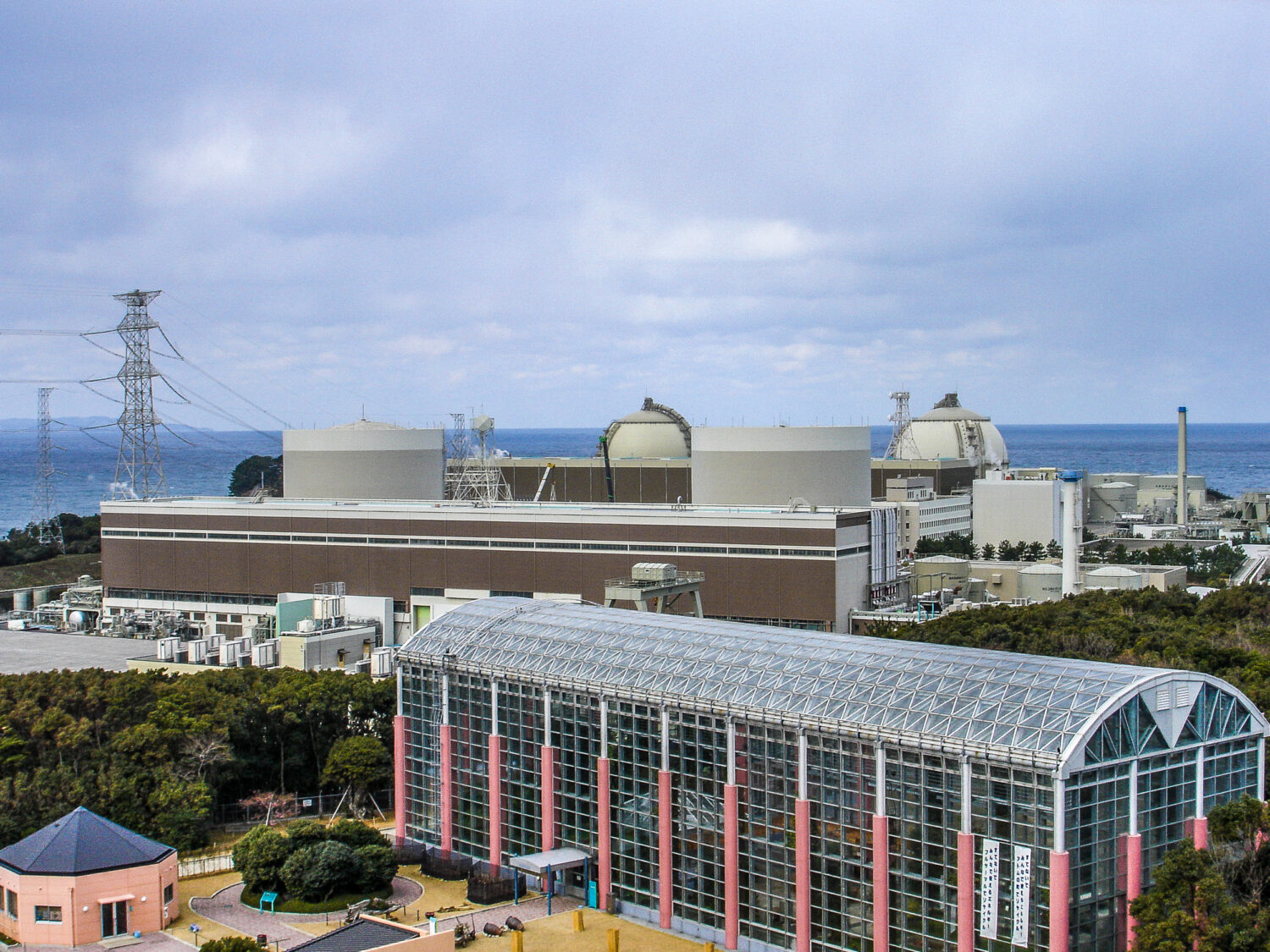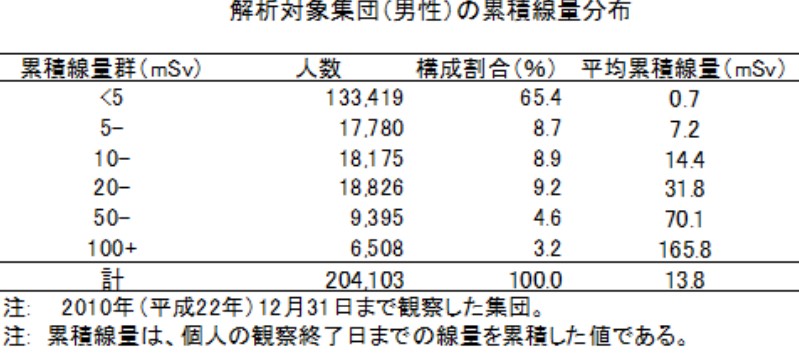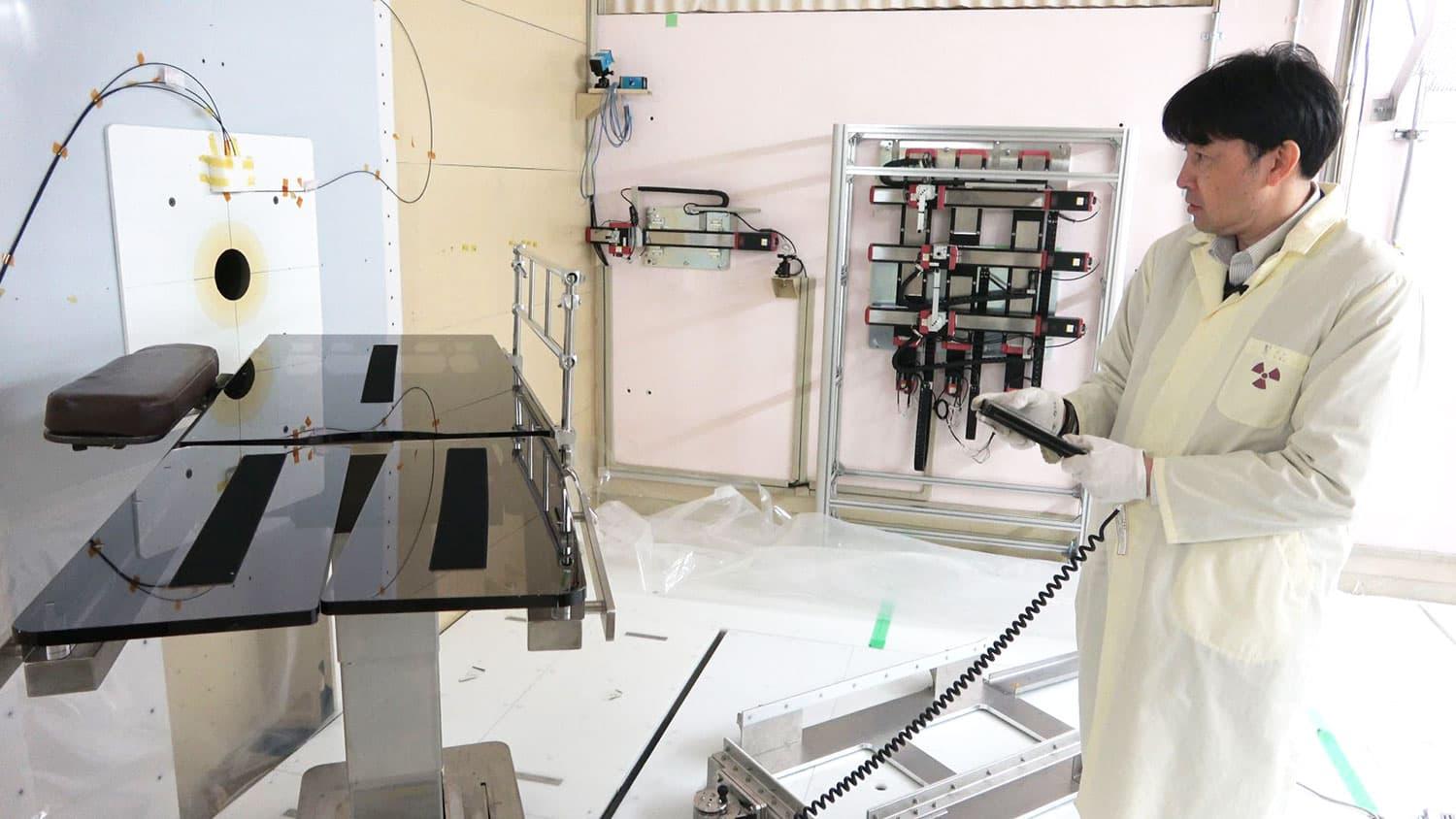At a regular meeting on December 10, the Japan Atomic Energy Commission (JAEC) began hearing from university personnel in response to its published comment entitled “Human Resource Development in the Nuclear Field,” released in February 2018.
This time, the JAEC heard presentations on the current state of and issues in education in the nuclear field from Professor Akio Yamamoto, Graduate School of Engineering, Nagoya University, and Professor Takanori Kitada, Graduate School of Engineering, Osaka University. The JAEC plans to schedule similar sessions with representatives of other institutions of higher education in Japan.
Nuclear-related undergraduate education at Nagoya University began with creation of the Department of Nuclear Engineering in 1966. It became the Department of Engineering Science, and was then reorganized in 2017 into the Department of Energy Science and Engineering (quota of 40 students).
At the post-graduate level, the Graduate School of Engineering was established at Nagoya University in 1970. It evolved into the Graduate School of Material Science and Engineering, and currently includes the Department of Energy Engineering (18 students) and the Department of Applied Energy (18 students).
According to Professor Yamamoto, among the 14 research groups in both departments, the focus of approximately half is nuclear energy. He also noted the problem of the lack of sufficient teaching staff who can lecture in the areas of fuel and materials.
He also explained the “Nuclear Regulation Human Resource Development Project (FY16-20),” launched with a subsidy from the Secretariat of the Nuclear Regulation Authority (NRA) to provide special classes for undergraduate senior and graduate students. It features lectures, seminars and technical training related to nuclear safety. The many attendees include employees of power utilities, who are exposed to a more formal, systematic approach to safety. The academic students learn skills from those already working in the field, while those in the field are stimulated by the students, resulting in mutual benefit.
Professor Yamamoto emphasized the synergistic effects of this “recurrent education,” saying that a virtuous circle was thus created. He also said that the Reactor Physics Division, which he chairs, of the Atomic Energy Society of Japan (AESJ), is now working on a textbook in reactor physics more suitable for beginners, one that avoids excessive higher mathematics.
Next, Professor Kitada of Osaka University explained education in nuclear-related subjects at his institution. The original Department of Nuclear Engineering and the School of Nuclear Engineering were reorganized prior to 2006, and nuclear-related education at the university is now the responsibility of the departments of sustainable energy and environmental engineering, at both the undergraduate and graduate levels.
In terms of the challenges faced when trying to improve the curriculum, he pointed to such issues as expected reductions in the number of teachers as a result of future university reorganizations, declining nuclear-related employment opportunities after the Fukushima Daiichi NPS nuclear accident of 2011, and increasing burdens on teachers stemming from the policy to increase the number of students from overseas.


